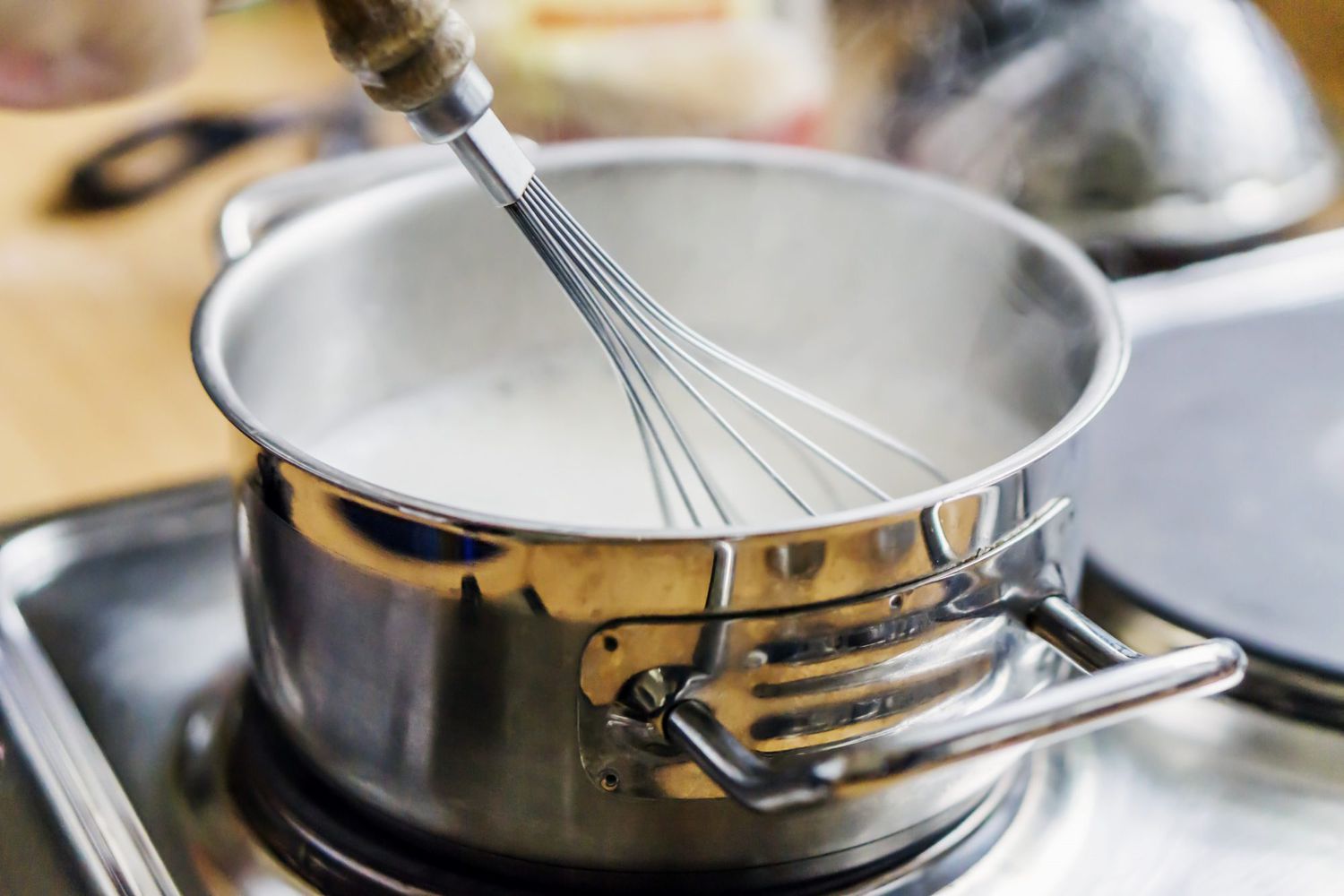Understanding Culinary Terms: What is Scald in Cooking?
Delve into the world of culinary terminology and uncover the meaning and significance of "scald" in cooking. This fundamental cooking technique has been utilized for centuries, imparting unique characteristics to a wide range of dishes. Let's explore what scalding means in the context of cooking and how it is applied in various culinary practices.
1. Definition of Scald:
Scalding refers to the process of heating a liquid, typically milk or water, to just below the boiling point. This is usually around 180°F to 190°F (82°C to 88°C). At this temperature, tiny bubbles will start to form around the edges of the liquid, but it will not yet come to a full boil.

what is scald in cooking
2. Purpose of Scalding:
The primary purpose of scalding is to prepare the liquid for further use in recipes by achieving specific outcomes:
-
Pathogen Reduction: Scalding helps eliminate any harmful bacteria or pathogens that may be present in raw liquids, such as milk or water, making them safer for consumption.
-
Enzyme Activation: Scalding activates certain enzymes present in the liquid, which can enhance flavor, texture, and other characteristics in recipes.
-
Protein Denaturation: Heating the liquid to near-boiling temperatures causes proteins to denature, improving their functionality in recipes and contributing to texture and structure.
-
Flavor Enhancement: Scalding can intensify the flavor profile of liquids by concentrating natural sugars and proteins, resulting in richer, more complex flavors in the final dish.
3. Applications of Scalding:
Scalding is commonly used in a variety of culinary practices, including:
-
Baking: Scalded milk or water is often used in bread and pastry recipes to activate yeast, improve gluten development, and enhance the texture and flavor of the final product.
-
Desserts: Scalding milk is a common step in preparing custards, puddings, and ice creams, where it helps to achieve a smooth, creamy texture and rich flavor.
-
Beverages: Scalding water is often used in the preparation of hot beverages such as tea or coffee, where it can help extract flavors more efficiently and create a smoother, more enjoyable drinking experience.

what is scald in cooking
Conclusion:
In conclusion, scalding is a fundamental cooking technique that plays a crucial role in achieving specific outcomes in recipes. Whether it's enhancing flavor, improving texture, or ensuring food safety, understanding the concept of scalding and how to apply it in various culinary practices can elevate your cooking skills and help you create delicious and satisfying dishes with confidence.